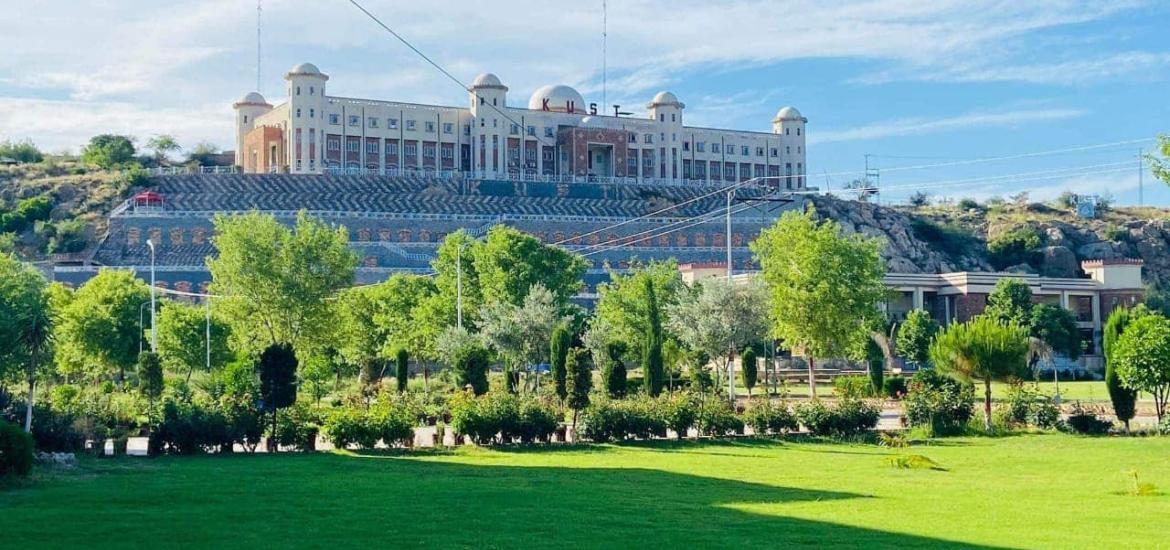An overview of the Universities’ Governance System in Pakistan
Universities are complex entities. Its governance is far more intricate than the public sector administration. There is a lack of deep understanding about the ways in which the public sector universities in Pakistan are regulated, managed and governed. Outside the ivory tower of academia, very little is known about it. Some of the mind-blowing questions still intrigue many minds. How the universities’ governance system is structured, how key decisions are being made what are the major statutory bodies involved in it, how the overall academic administrative and financial business of the universities are run, managed and monitored, this article will address some of these important points.
The governance structure in the institutes of higher education in Pakistan typifying two broad levels of management. 1) The strategic level and 2) The operational level. Strategic level management focuses mainly on the activities cardinal for competitive positioning of the universities and placing the institutes of higher education on a globe landscape while operational management is more concerned with the day-to-day affairs needed for the smooth functioning of the universities. Both these approaches ultimately contribute to the overall success of the universities.
1. Strategic level management
Public sector universities in Pakistan, in general, share symmetrical organizational structure having top-down hierarchy. The Governor of the respective provinces or the president of the country, in case of federal universities, acts as a chancellor by virtue of their designations. They chair the meeting of the Senate and accord final approval for the appointment of the vice-chancellors, some members of the senate, syndicate and selection board (the key statutory bodies of the universities) and the Deans, the most distinguished academic position in the universities.
Being autonomous bodies, universities are having own organizational makeup with own statutory bodies. The Senate, being the principal governing body, sets the strategic direction of the university. The Senate considers the annual report, strategic plan, annual statement of accounts, the budget and annual work plan. It comprises of around 20 to 22 members, having faculty representatives, some members from the bureaucracy and some members from the academic community appointed by the Chancellor on the recommendations of the respective administrative department. A diverse management team, Senate is often viewed as a viable instrument for maintaining independent governance and executing authority in the public sector universities in Pakistan.
Syndicate is the chief executive organ of the university with around 25 members including academic and non-academic representatives; dominated by academics with an array of administrative officers, elected members of the faculty and representatives of the respective government departments. Being appointing authority, all the administrative officers and faculty members of the university are being appointed by the Syndicate on the recommendations of the Selection Board.
These widely represented bodies are responsible for the major decision-making functions in the universities. In the presence of representatives from bureaucracy, community, faculty and staff, these bodies imbibe some amount of autonomy, notwithstanding the bureaucracy desires to run the universities purely on the model of the public sector departments. Nevertheless, the governance system in the universities is far more efficient, responsive and transparent than the public sector enterprises.
2. Operational level management
Vice-chancellor being the chief executive, principal accounting and chief academic officer of the university wields overwhelming importance and a great deal of responsibility and accountability at the same time. Being the anchorperson in the public sector universities, he/she has a vital administrative role to play in uplifting the respective universities. He/she is supported by a diverse team of academic leaders such as Pro Vice-Chancellor, Deans, Directors, Principals, Chairpersons and heads of the teaching departments on the academic side.
On the management side, there are a number of senior administrative positions in the universities such as Registrar, Director Finance, Controller of Examinations, Director Academics, Director ORIC, Director P&D, Director Administration, Director QEC, Director Works and Director Sports on the administration side which are critical for effective management and smooth functioning of the universities.


















